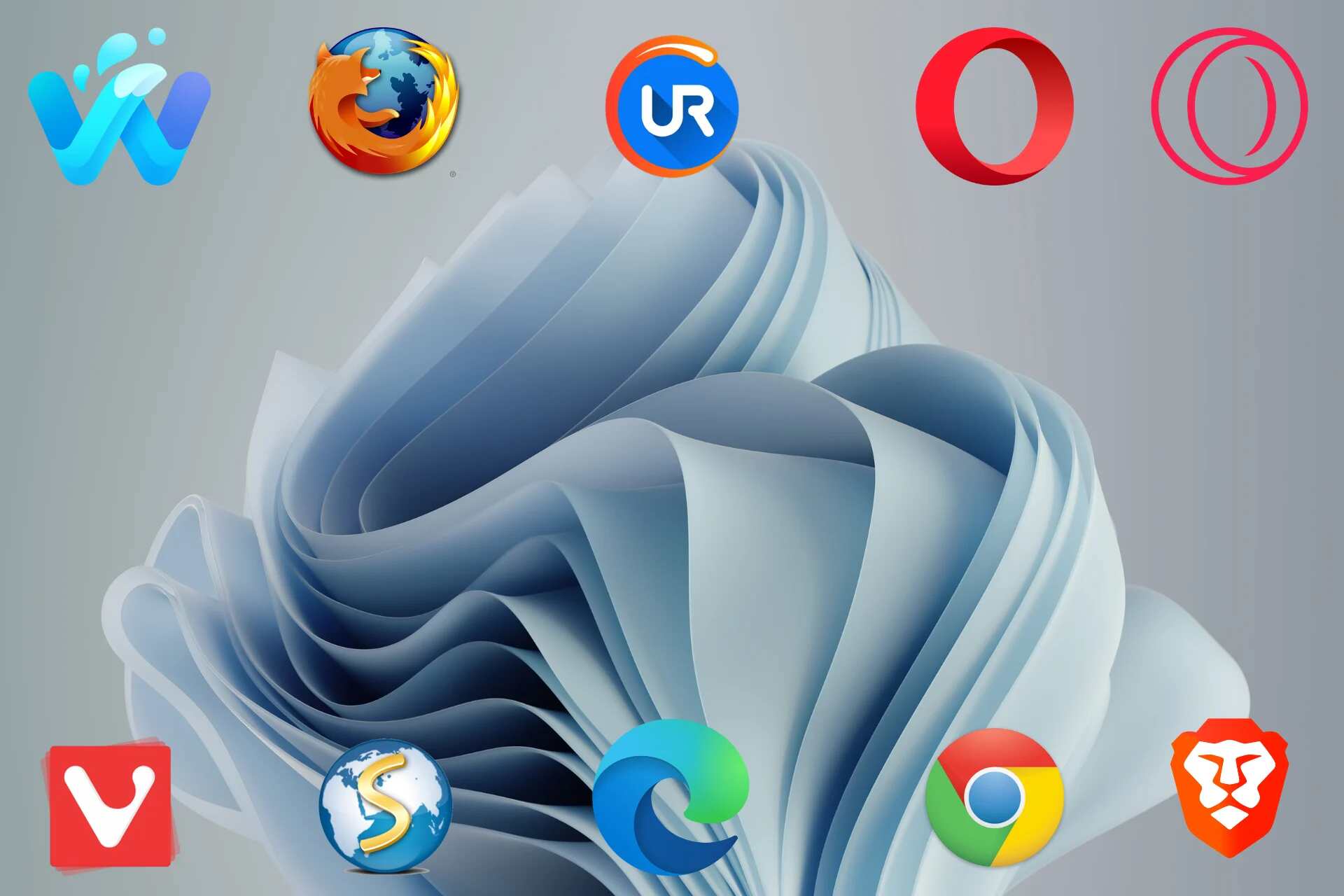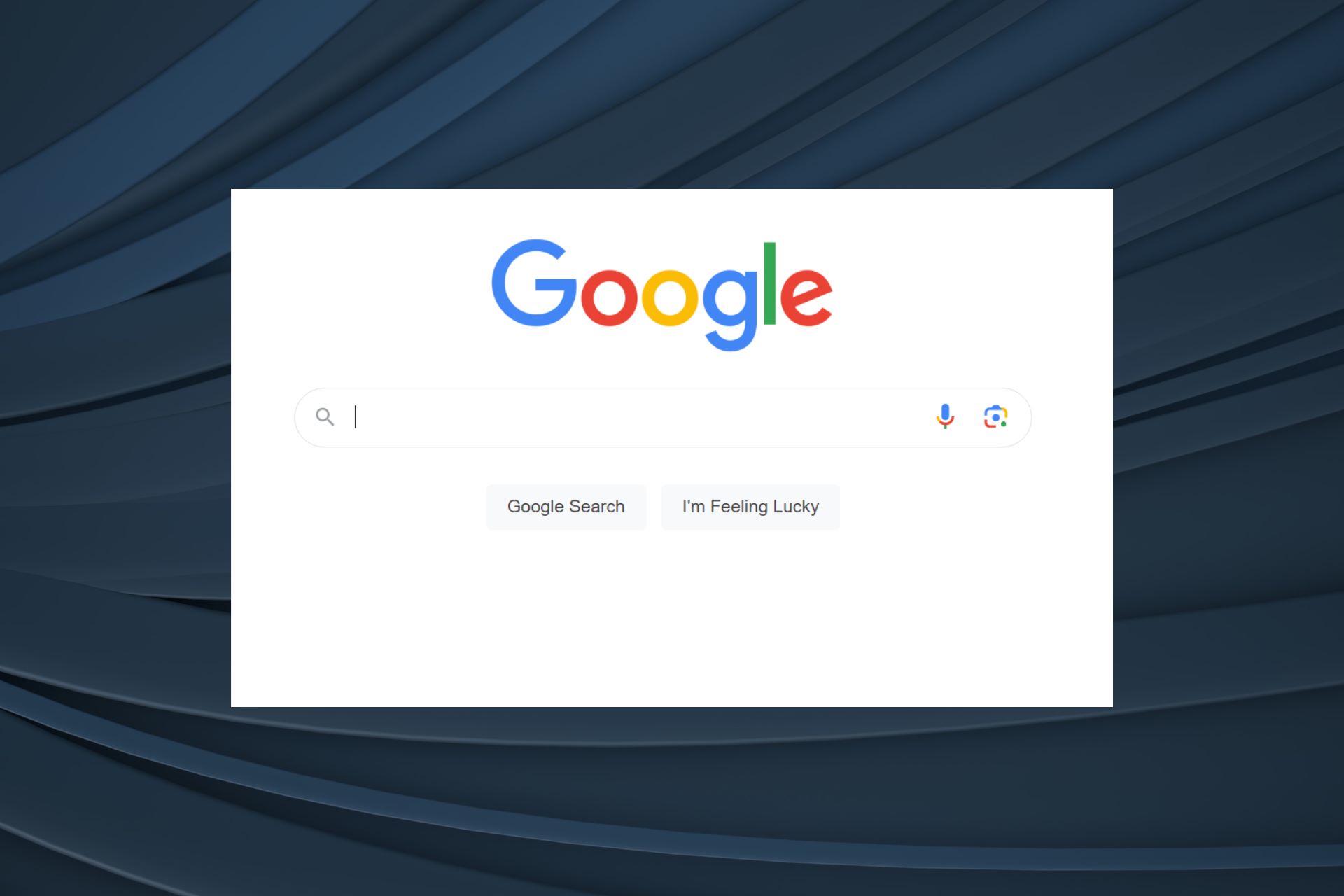Introduction
In the digital realm, web browsers serve as the gateway to the vast expanse of the internet, enabling users to access websites, search for information, and engage with a myriad of online content. These software applications are instrumental in shaping our online experiences, offering a seamless interface through which we navigate the virtual landscape. As technology continues to evolve, web browsers have undergone significant advancements, catering to diverse user preferences and enhancing accessibility.
Web browsers play a pivotal role in facilitating our interactions with the internet, serving as the primary tool for accessing websites, web applications, and various online resources. With their user-friendly interfaces and robust functionalities, web browsers have become an indispensable aspect of modern-day digital engagement.
As we delve into the realm of web browsers, it becomes evident that these applications are not merely tools for accessing the internet; they embody a fusion of innovation, convenience, and connectivity. From the early days of browsing the World Wide Web to the present era of immersive web experiences, web browsers have continually evolved to meet the ever-changing demands of users and the dynamic landscape of the internet.
In the subsequent sections, we will delve into the intricacies of web browsers, exploring their definitions, functions, and notable examples that have left an indelible mark on the digital sphere. By unraveling the essence of web browsers, we gain a deeper understanding of their significance in shaping our online endeavors and navigating the boundless realms of the internet.
Definition of Web Browser
A web browser, often referred to simply as a browser, is a software application designed to retrieve, present, and traverse information resources on the World Wide Web. It acts as a mediator between users and the internet, enabling seamless interaction with websites, web applications, multimedia content, and various online resources. Essentially, a web browser serves as a gateway to the vast expanse of the internet, providing users with a visually intuitive interface to explore and engage with digital content.
At its core, a web browser functions as a client application, utilizing the Hypertext Transfer Protocol (HTTP) to request and display web pages. It interprets HTML (Hypertext Markup Language) documents, rendering them into the visually appealing and interactive web pages that we encounter during our online endeavors. Moreover, web browsers are equipped to interpret other web-related technologies such as CSS (Cascading Style Sheets) and JavaScript, enabling the seamless integration of multimedia, dynamic content, and interactive elements within web pages.
Web browsers are designed to offer a user-friendly and intuitive browsing experience, incorporating features such as bookmarks, tabbed browsing, and customizable settings to cater to diverse user preferences. Furthermore, modern web browsers often integrate additional functionalities, including built-in search engines, security features, and extensions or add-ons that enhance the browsing experience.
In essence, a web browser serves as a versatile tool that empowers users to explore the internet, access information, and engage with a myriad of online content. Its role extends beyond mere navigation, encompassing the seamless integration of multimedia, interactive elements, and dynamic web applications. As technology continues to evolve, web browsers remain at the forefront of enabling immersive and personalized digital experiences, shaping the way we interact with the internet and harness its boundless potential.
Functions of Web Browser
A web browser encompasses a diverse array of functions that collectively contribute to a seamless and enriching browsing experience. These functions are intricately woven into the fabric of the browser, empowering users to navigate the internet, access information, and engage with a myriad of online content. Here are the key functions of a web browser:
-
Rendering Web Pages: One of the fundamental functions of a web browser is to render web pages, transforming HTML, CSS, and JavaScript code into visually appealing and interactive content. By interpreting these web technologies, browsers present web pages in a format that is easily navigable and comprehensible to users.
-
Navigation and URL Interpretation: Web browsers facilitate navigation through the internet by interpreting URLs (Uniform Resource Locators) and seamlessly directing users to their intended destinations. Whether it's typing a web address or clicking on a hyperlink, browsers adeptly interpret these inputs, enabling users to traverse the vast expanse of the web.
-
Support for Multimedia Content: Modern web browsers are equipped to handle a wide range of multimedia content, including images, videos, and audio files. They provide a platform for the seamless integration and playback of multimedia elements within web pages, enriching the overall browsing experience.
-
Tabbed Browsing: Tabbed browsing has become a ubiquitous feature in web browsers, allowing users to open multiple web pages within a single browser window. This functionality enhances multitasking and organization, enabling users to effortlessly switch between different web pages without cluttering their desktop.
-
Bookmarks and History: Web browsers offer the capability to bookmark favorite websites and save browsing history, facilitating quick access to frequently visited web pages and enabling users to revisit previously viewed content with ease.
-
Security Features: Web browsers incorporate robust security features to safeguard users from online threats such as malware, phishing attempts, and malicious websites. These features include built-in pop-up blockers, secure browsing modes, and warnings about potentially harmful websites.
-
Customization and Extensions: Browsers provide users with the ability to customize their browsing experience through themes, settings, and extensions. Extensions, also known as add-ons, expand the functionality of the browser by offering additional features such as ad blockers, password managers, and productivity tools.
-
Search Engine Integration: Most web browsers integrate popular search engines directly into the browser interface, allowing users to perform web searches without navigating to a separate search engine website.
In essence, the functions of a web browser converge to create a cohesive and immersive browsing experience, empowering users to explore the internet, access information, and engage with diverse online content in a seamless and intuitive manner.
Examples of Web Browsers
When it comes to web browsers, the digital landscape offers a diverse array of options, each with its unique features, performance, and user interface. These browsers cater to a wide spectrum of user preferences, encompassing aspects such as speed, security, customization, and cross-platform compatibility. Here are some prominent examples of web browsers that have made a significant impact in the realm of digital browsing:
-
Google Chrome: Launched in 2008, Google Chrome swiftly gained popularity and emerged as one of the leading web browsers. Renowned for its speed, minimalist design, and seamless integration with Google services, Chrome has become a preferred choice for millions of users worldwide. Its robust performance, support for web standards, and extensive library of extensions contribute to its widespread adoption.
-
Mozilla Firefox: Firefox has garnered a dedicated user base due to its emphasis on privacy, security, and open-source ethos. With a customizable interface, a rich ecosystem of add-ons, and a commitment to user empowerment, Firefox continues to be a compelling choice for those seeking a versatile and privacy-focused browsing experience.
-
Apple Safari: Safari, the default browser for Apple devices, is celebrated for its seamless integration with the macOS and iOS ecosystems. Known for its sleek design, energy efficiency, and optimization for Apple hardware, Safari offers a seamless browsing experience for users immersed in the Apple ecosystem.
-
Microsoft Edge: Evolving from its predecessor, Internet Explorer, Microsoft Edge has undergone a significant transformation, embracing modern web standards, performance enhancements, and deep integration with Windows 10. With features such as built-in Cortana integration, reading mode, and seamless synchronization across devices, Edge has positioned itself as a competitive player in the browser arena.
-
Opera: Opera sets itself apart with a range of innovative features, including a built-in ad blocker, free VPN, and customizable Speed Dial interface. Its focus on performance, privacy, and unique functionalities has garnered a dedicated following among users seeking a distinctive browsing experience.
-
Brave: Positioned as a privacy-centric browser, Brave incorporates ad-blocking by default and rewards users with Basic Attention Tokens for opting into privacy-respecting ads. Its commitment to privacy, speed, and ethical advertising practices has resonated with users seeking a more transparent and privacy-focused browsing environment.
-
Vivaldi: Catering to power users and enthusiasts, Vivaldi offers extensive customization options, tab management features, and a highly configurable user interface. With a focus on empowering users to tailor their browsing experience to their preferences, Vivaldi appeals to those seeking a deeply customizable and feature-rich browser.
These examples represent a fraction of the diverse web browsers available, each offering a distinct blend of features, performance, and user-centric design. As the digital landscape continues to evolve, web browsers play a pivotal role in shaping our online experiences, offering a gateway to the boundless realms of the internet.
In essence, the realm of web browsers encompasses a rich tapestry of options, each catering to diverse user preferences and technological ecosystems. Whether it's speed, privacy, customization, or seamless integration with specific platforms, the array of web browsers available ensures that users can find a browsing experience tailored to their unique needs and preferences.
Conclusion
In conclusion, web browsers stand as the quintessential gateway to the expansive realm of the internet, offering users a seamless interface to navigate, explore, and engage with diverse online content. From rendering web pages to facilitating multimedia experiences, tab management, and security features, web browsers have evolved to cater to the dynamic needs and preferences of users in the digital age.
The significance of web browsers extends beyond mere functionality; they embody the convergence of innovation, accessibility, and user-centric design, shaping the way we interact with the digital landscape. As technology continues to advance, web browsers serve as the linchpin of our online experiences, empowering users to access information, connect with others, and immerse themselves in the myriad offerings of the internet.
The examples of web browsers highlighted in this discourse underscore the diversity and innovation prevalent in the browser ecosystem. From the speed and seamless integration of Google Chrome to the privacy-centric ethos of Mozilla Firefox, each browser offers a unique blend of features and performance, catering to a spectrum of user preferences and technological ecosystems.
As we navigate the ever-expanding digital frontier, web browsers remain instrumental in facilitating our interactions with the internet, enabling us to harness its boundless potential and engage with a myriad of online resources. Whether it's seamless navigation, multimedia experiences, or privacy-focused browsing, web browsers continue to evolve, ensuring that users can embark on digital journeys tailored to their individual needs and preferences.
In essence, web browsers serve as the digital compass that guides us through the intricate web of information, connectivity, and experiences that define the internet. Their evolution mirrors the dynamic nature of the digital landscape, continually adapting to meet the evolving demands of users and the ever-changing facets of online content.
As we bid adieu to this exploration of web browsers, it becomes evident that these software applications are not merely tools for accessing the internet; they embody the spirit of connectivity, innovation, and empowerment, enriching our digital endeavors and shaping the way we perceive and engage with the virtual realm.

























